Growing E-commerce Sector
The rapid expansion of the e-commerce sector significantly influences the Global Vertical Lift Module (VLM) And Carousel-Based ASRS Market. With the increasing volume of online orders, businesses require efficient and reliable storage solutions to manage inventory effectively. VLMs and carousel systems provide the speed and accuracy needed to fulfill orders promptly, thereby enhancing customer satisfaction. Recent data indicates that e-commerce sales are expected to reach over 6 trillion dollars by 2024, necessitating the adoption of automated storage systems to keep pace with demand. This growth in e-commerce not only drives the need for VLMs and carousel-based ASRS but also encourages retailers to invest in technology that can support their logistics and distribution needs.
Focus on Labor Cost Reduction
The focus on labor cost reduction is a significant driver for the Global Vertical Lift Module (VLM) And Carousel-Based ASRS Market. As labor costs continue to rise, companies are seeking ways to minimize expenses while maintaining productivity. Automated storage solutions, such as VLMs and carousel systems, reduce the reliance on manual labor for inventory management, leading to lower operational costs. By automating storage and retrieval processes, businesses can achieve higher efficiency with fewer employees. Industry reports suggest that companies implementing automated systems can reduce labor costs by up to 30%, making this a compelling reason for organizations to invest in VLMs and carousel-based solutions. This trend highlights the economic advantages of automation in the current market landscape.
Technological Advancements in Automation
Technological advancements in automation are reshaping the Global Vertical Lift Module (VLM) And Carousel-Based ASRS Market. Innovations such as artificial intelligence, machine learning, and IoT integration are enhancing the capabilities of automated storage systems. These technologies enable real-time inventory tracking, predictive maintenance, and improved operational efficiency. As a result, companies are increasingly investing in advanced VLMs and carousel systems to streamline their supply chain processes. The integration of smart technologies is expected to contribute to a market growth rate of around 12% annually, reflecting the industry's shift towards more intelligent and responsive storage solutions. This evolution not only improves productivity but also reduces operational costs, making automation a key driver in the market.
Increased Focus on Supply Chain Resilience
The increased focus on supply chain resilience is shaping the Global Vertical Lift Module (VLM) And Carousel-Based ASRS Market. Recent disruptions in global supply chains have prompted businesses to reevaluate their logistics strategies. Companies are now prioritizing systems that enhance flexibility and responsiveness to changing market conditions. VLMs and carousel systems offer the agility needed to adapt to fluctuations in demand and supply, thereby improving overall supply chain resilience. As organizations invest in technologies that support rapid adjustments, the market for automated storage solutions is expected to grow significantly. Analysts predict a growth rate of around 9% annually as businesses seek to fortify their supply chains against future uncertainties, underscoring the importance of VLMs and carousel-based systems in achieving operational stability.
Rising Demand for Efficient Space Utilization
The need for efficient space utilization in warehouses and distribution centers drives the Global Vertical Lift Module (VLM) And Carousel-Based ASRS Market. As urbanization increases, the cost of real estate rises, prompting businesses to maximize their storage capabilities within limited spaces. VLMs and carousel systems offer vertical storage solutions that significantly reduce the footprint required for inventory management. According to industry estimates, the market for automated storage and retrieval systems is projected to grow at a compound annual growth rate of approximately 10% over the next five years. This trend indicates a strong preference for systems that optimize space while enhancing operational efficiency, thereby propelling the demand for VLMs and carousel-based solutions.

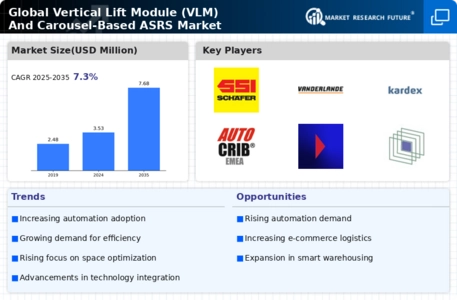
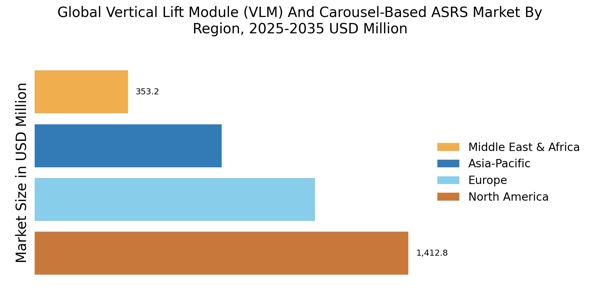
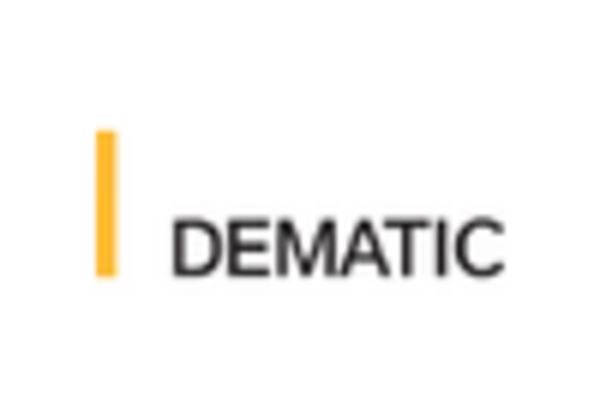


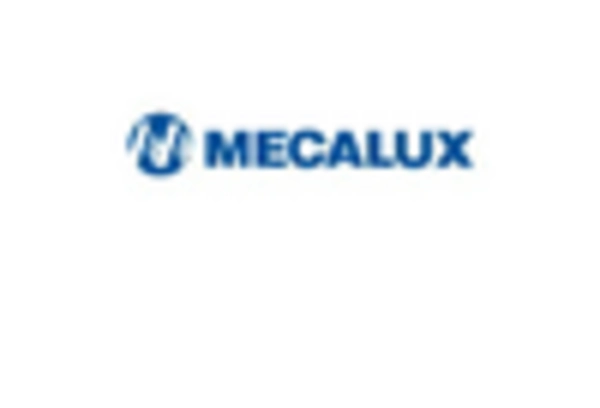
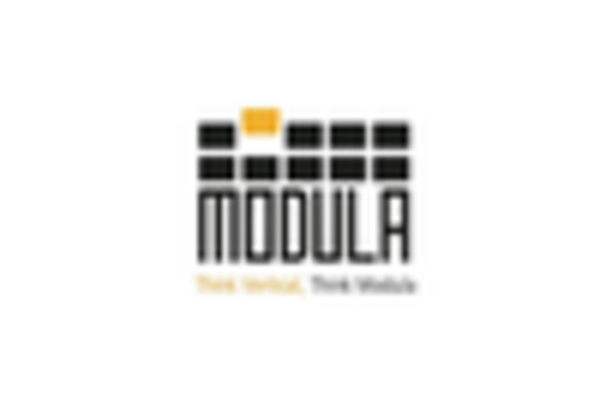
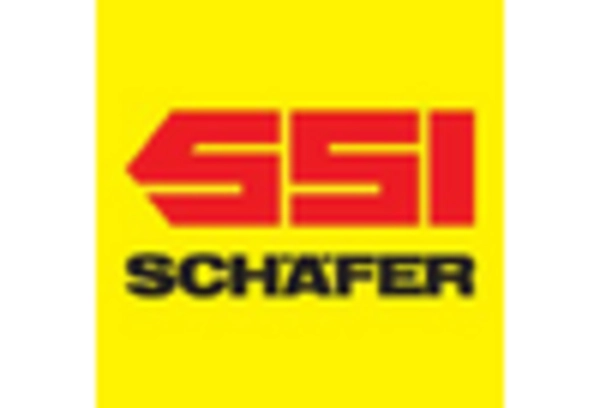








Leave a Comment